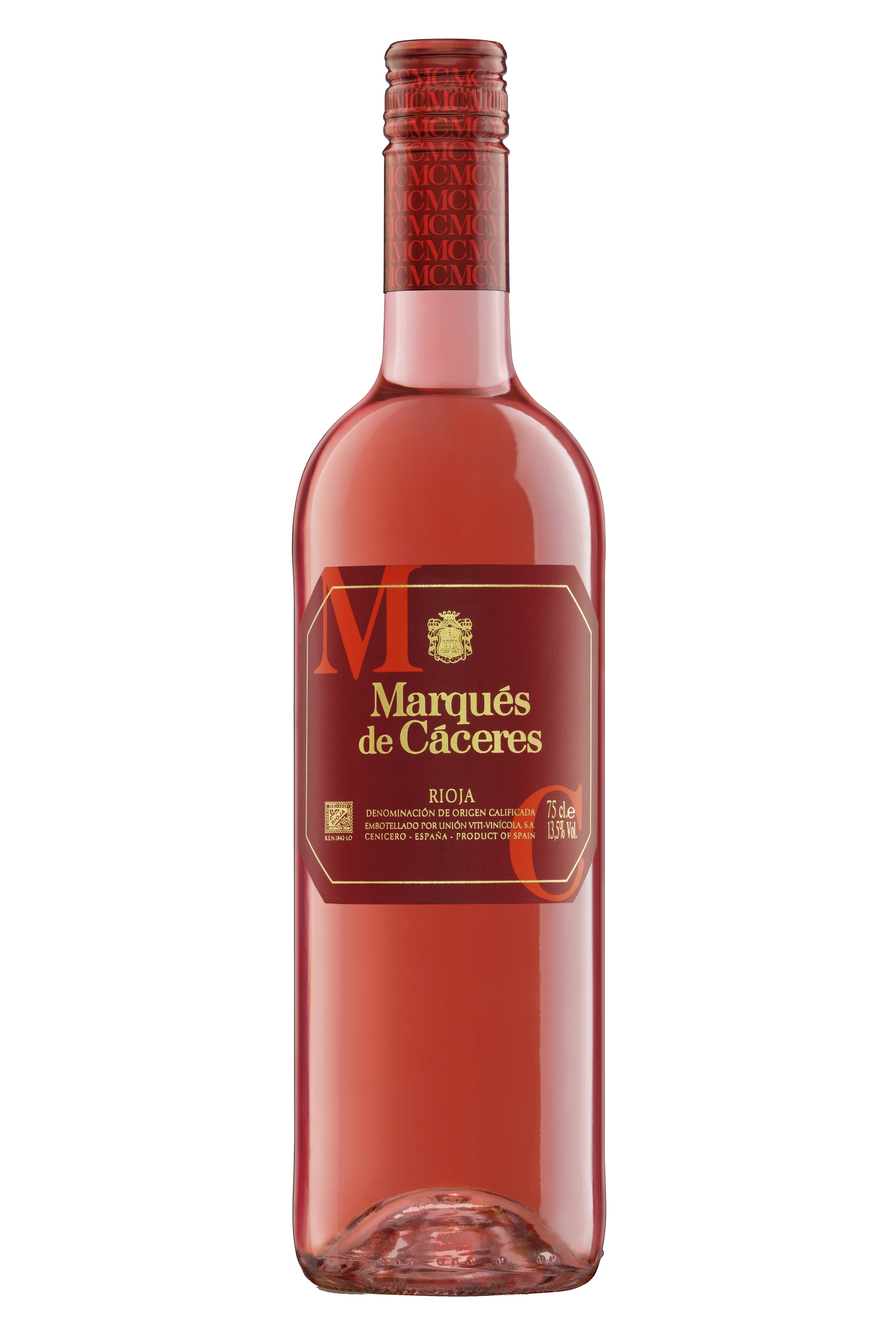There's been quite the debate over who will win Super Bowl LII. Will Tom Brady and Bill Belichik lead the Patriots to yet another win? Or will the Philadelphia Eagles win their first championship since 1960?
One thing that won't be up for debate is the MVP of your Super Bowl Watch Party. Spoiler alert, it's wine!
We've collected some of our favorite recipes for snacks perfect for the big game from Bon Appétit, Food & Wine, and Southern Living and paired them with some of our favorite wines.
Photo Credit: Bon Appétit
CHIPS & GUACAMOLE: Every good party needs chips and dip and this one will guac your world. A bright white like Marqués de Cáceres Verdejo, a dry Riesling like August Kesseler Rudesheim Riesling, or a zesty New Zealand Sauvignon Blanc like Mohua all pair perfectly.
Photo Credit: Food & Wine
PIGS IN A BLANKET: Few things disappear as quickly at a party as Pigs in a Blanket. The warm sausage and crisp pastry...we're getting hungry just thinking about it. These from Food & Wine are brushed with a tasty mix of honey, mustard, and fresh black pepper to kick things up a notch. Pair with a dry rosé, like La Vieille Ferme or Miraval (both made by the Perrin Family).
Photo Credit: Bon Appétit
Photo Credit: Bon Appétit
CHILI: How could we share recipes for the Super Bowl without including a recipe that is served in a bowl? Chili is the perfect antidote to cold weather and bonus- this one is made in a crockpot so you'll spend less time cooking and more time drinking! Try this crockpot chili with South African Ashbourne Pinotage, a Rhône Blend from Famille Perrin like Châteauneuf du Pape Les Sinards, or an Argentinian Malbec (you really can't go wrong with anything from TintoNegro).
Photo Credit: Southern Living Magazine
NACHOS: These are nacho average chips and toppings. These sheet pan nachos are customizable for any taste, fast, and fun. So if the party eats them up (and they will!), you'll be able to pop another round in the oven. This Southern Living recipe is elevated when paired with Thibault Liger Belair Moulin à Vent Vieilles Vignes Beaujolais.
A few other tips for Super Bowl snack pairings:
Serving anything fried- French fries, fried chicken, fried pickles, etc? Serve champagne. We love Champagne Delamotte Brut or Blanc de Blancs.
Serving wings? With spicy dipping sauces or marinades you'll want to go with something semi-dry but a little sweet- like Pichot Vouvray.
Finally, the meatier the dish (maybe you add bacon and sausage and pepperoni to your pizza...), the heartier the wine. Borgo Scopeto makes a beautiful Chianti that can stand up to hearty meats.

















































































































































































































































